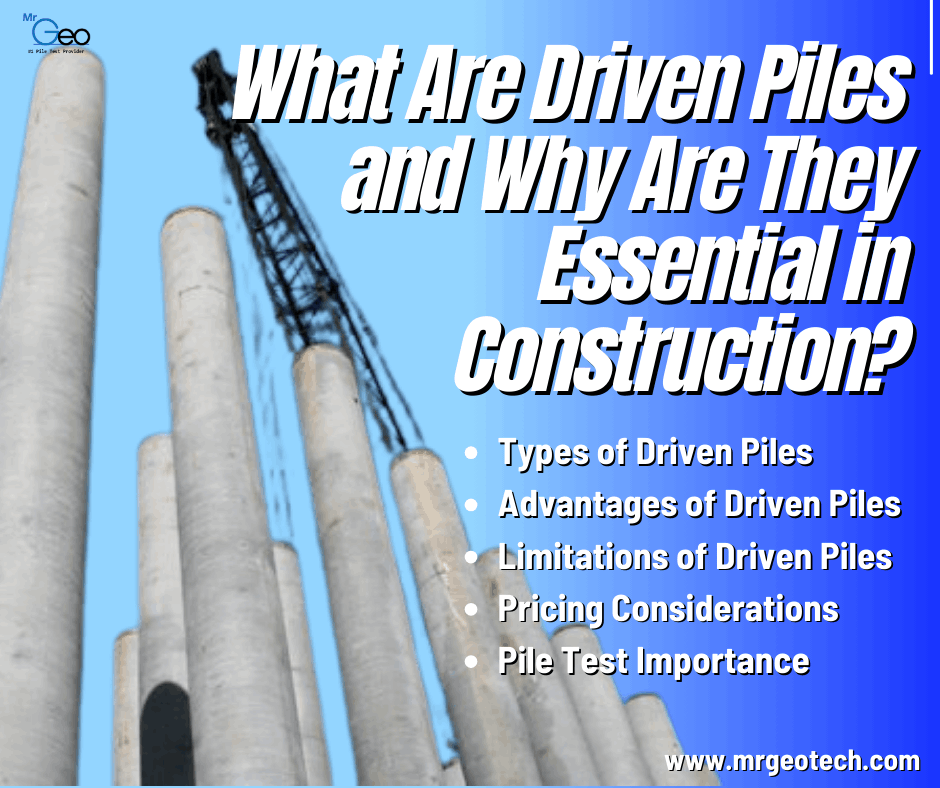
What Are Driven Piles and Why Are They Essential in Construction?
When embarking on a construction project, selecting the right type of pile for foundation support is crucial. Among various options, driven piles are a popular choice. But what exactly are driven piles, and why might they be the best fit for your project? Let's dive into the details.